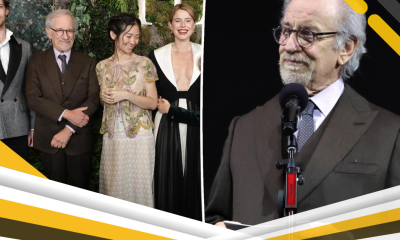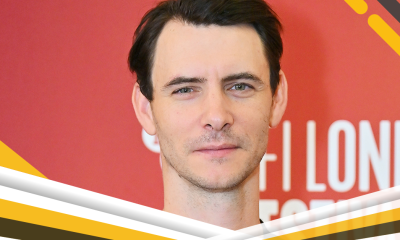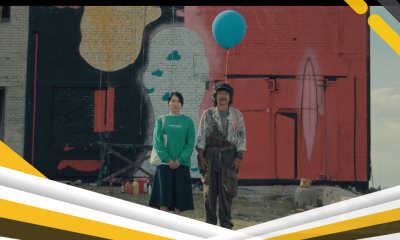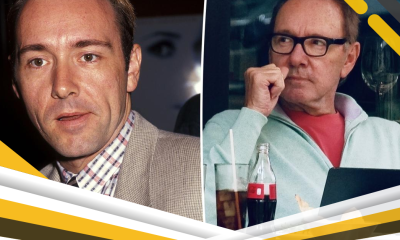Best 10 Underrated Movies of Marty Supreme: A Deep Dive into Josh Safdie’s Cinematic Universe
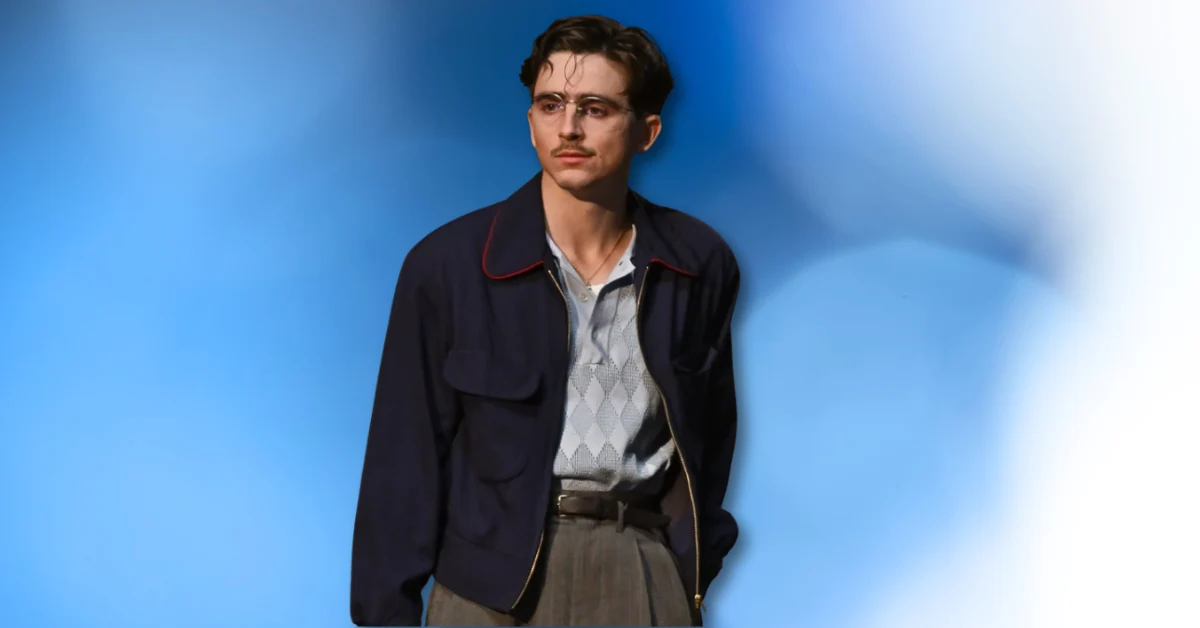
As an avid explorer of cinematic landscapes, I find immense satisfaction in uncovering the nuanced artistry of filmmakers who push boundaries and redefine storytelling. Among the contemporary voices, Josh Safdie stands out—a director whose distinctive vision, often characterized by frenetic energy, raw realism, and deeply human portraits of characters on the fringes, has carved a unique niche in modern American cinema.
While films like Good Time and Uncut Gems have cemented his reputation in the mainstream, his extensive body of work, both solo and with his brother Benny, offers a treasure trove of earlier, often overlooked gems that truly illuminate the evolution of his singular style.
And now, with the recent, electrifying premiere of his latest solo endeavor, Marty Supreme, at the New York Film Festival, it feels like the perfect moment to delve deep into the cinematic universe of Josh Safdie, celebrating not just his latest triumph, but also the ten underrated movies that paved his distinctive path.
| Personal Detail | Information |
|---|---|
| Full Name | Joshua Safdie |
| Born | 1984 |
| Nationality | American |
| Known For | Independent filmmaking, often co-directing with brother Benny Safdie, distinct gritty aesthetic, high-tension narratives. |
| Notable Collaborations | Benny Safdie, Ronald Bronstein, Robert Pattinson, Adam Sandler, Timothée Chalamet. |
Marty Supreme: The Latest Chapter in Safdie’s Evolution
The cinematic world is abuzz, and rightfully so. Josh Safdie’s latest A24 feature, Marty Supreme, which just had its world premiere as a surprise screening at the 2025 New York Film Festival on Monday, October 6, 2025, has instantly ignited Oscar buzz, particularly for its star, Timothée Chalamet.
It’s a film that marks Safdie’s return to solo directing since his 2008 debut, The Pleasure of Being Robbed, and a significant departure in scale, reportedly A24’s most expensive project to date at $70 million.
The film, loosely inspired by American table tennis player Marty Reisman, sees Chalamet portray Marty Mauser, a cocky 1950s New York table tennis hustler striving for greatness in a sport often disrespected. Critics are calling it a “manic, madcap odyssey” and a “scrappy, breakneck stress-machine,” with Chalamet’s performance being hailed as “career-best” and compared to Leonardo DiCaprio’s turn in The Wolf of Wall Street.
As Safdie himself noted in an interview, the role was “written for him and his essence and his soul,” drawing from the director’s childhood obsession with table tennis. This highly anticipated release, co-written with frequent collaborator Ronald Bronstein, is slated for a Christmas Day release, promising a thrilling cinematic experience that encapsulates the high-stakes, vibrant chaos characteristic of Safdie’s universe.
The Underrated Gems of Josh Safdie’s Cinematic Universe
While Marty Supreme ushers in a new era of recognition, I believe it’s essential to look back and appreciate the foundational films that shaped Josh Safdie’s distinct voice. These ten underrated movies, ranging from his early shorts to less-celebrated features, are crucial to understanding the raw energy and thematic depth that define his work.
1. The Pleasure of Being Robbed (2008)
Josh Safdie’s solo feature debut is a quirky, meandering exploration of a young woman’s compulsion for petty theft. It introduces themes of aimlessness and existential drift that would recur in his later work, all filtered through a distinctly lo-fi, independent lens. The film possesses a charm born from its improvisational feel and the naturalistic performance of Eleonore Hendricks. It’s a raw, unpolished gem that hints at the directorial prowess to come.
2. Daddy Longlegs (Go Get Some Rosemary) (2009)
Co-directed with Benny Safdie, this semi-autobiographical film offers a painfully honest, yet darkly comedic, look at a divorced father’s chaotic and often irresponsible two weeks with his children. The film captures the anxieties of parenthood and the bittersweet nature of fleeting moments, showcasing the Safdies’ early mastery of uncomfortable intimacy and kinetic pacing. It’s a deeply personal film that, while critically praised, hasn’t reached the wider audience of their later features.
3. John’s Gone (2010)
This short film is a visceral dive into paranoia and urban isolation. It features a man meticulously documenting his apartment, convinced he’s being watched. The Safdies’ signature handheld camera work and unsettling atmosphere are in full effect here, demonstrating their ability to build tension from seemingly mundane scenarios. It’s a powerful early example of their capacity to portray psychological distress.
4. The Black Balloon (2012)
Another compelling short, The Black Balloon delves into a character’s internal struggle with self-destructive tendencies. The film’s moody cinematography and minimal dialogue allow the visual storytelling to take precedence, creating a haunting portrait of despair. It showcases the Safdies’ ongoing interest in characters grappling with their own destructive impulses, a theme deeply explored in their later features.
5. Lenny Cooke (2013)
This documentary, co-directed with Benny, chronicles the tragic career of a once-promising high school basketball star who never made it to the NBA. It’s a poignant and unsparing examination of unfulfilled potential, the fleeting nature of fame, and the harsh realities of the American dream. The Safdies’ empathetic yet objective gaze captures the human cost of sporting ambition, making it a vital, albeit lesser-known, entry in their filmography.
6. Heaven Knows What (2014)
Based on the real-life experiences of its star, Arielle Holmes, this film offers an unflinching look into the lives of young heroin addicts navigating the streets of New York City. The Safdies achieve an almost documentary-like authenticity, immersing the viewer in a chaotic and desperate world. While highly acclaimed, its raw subject matter means it’s often discussed less than their more commercially successful projects, yet it is a pivotal work in understanding their gritty aesthetic and commitment to realism.
7. Buttons (2006)
An early short, Buttons provides a glimpse into the observational style that would become a Safdie hallmark. It focuses on small, seemingly insignificant moments that reveal deeper human truths, a testament to their ability to find drama and meaning in the everyday. These foundational shorts are invaluable for tracing the origins of their distinctive directorial voice.
8. We’re Going to the Zoo (2006)
Another early short, this film offers a charming, if slightly melancholic, vignette. It demonstrates the Safdies’ talent for capturing natural performances, particularly from children, and their ability to imbue simple narratives with emotional resonance. It’s a testament to their skill in creating compelling stories from minimal premises.
9. The Acquaintances of a Lonely John (2008)
This short further explores themes of urban alienation and the search for connection. It features a protagonist attempting to forge relationships in a bustling city, highlighting the often-futile nature of these endeavors. It’s a quiet, introspective piece that contrasts with the high-octane energy of their later works but reveals their consistent interest in the human condition within urban landscapes.
10. Long Live the New Flesh (2014)
This short film, released the same year as Heaven Knows What, showcases a different facet of Safdie’s visual style. Often experimental, it delves into abstract narratives, demonstrating their willingness to play with form and convention. It’s a fascinating, less-publicized piece that underscores their continuous exploration of cinematic possibilities.
Conclusion
The cinematic journey of Josh Safdie is a testament to the power of independent filmmaking and a relentless pursuit of a unique artistic vision. From the raw, intimate portrayals in his early shorts and features to the high-stakes, adrenaline-fueled narratives that have garnered widespread acclaim, his work consistently immerses us in the chaotic, vibrant, and often desperate corners of humanity.
As we celebrate the critical buzz surrounding Marty Supreme and Timothée Chalamet’s compelling performance, it’s a perfect opportunity to revisit and appreciate the depth and breadth of Safdie’s earlier, underrated contributions. These films are not just precursors; they are essential components of a rich and evolving cinematic universe that continues to challenge, provoke, and utterly captivate its audience.



